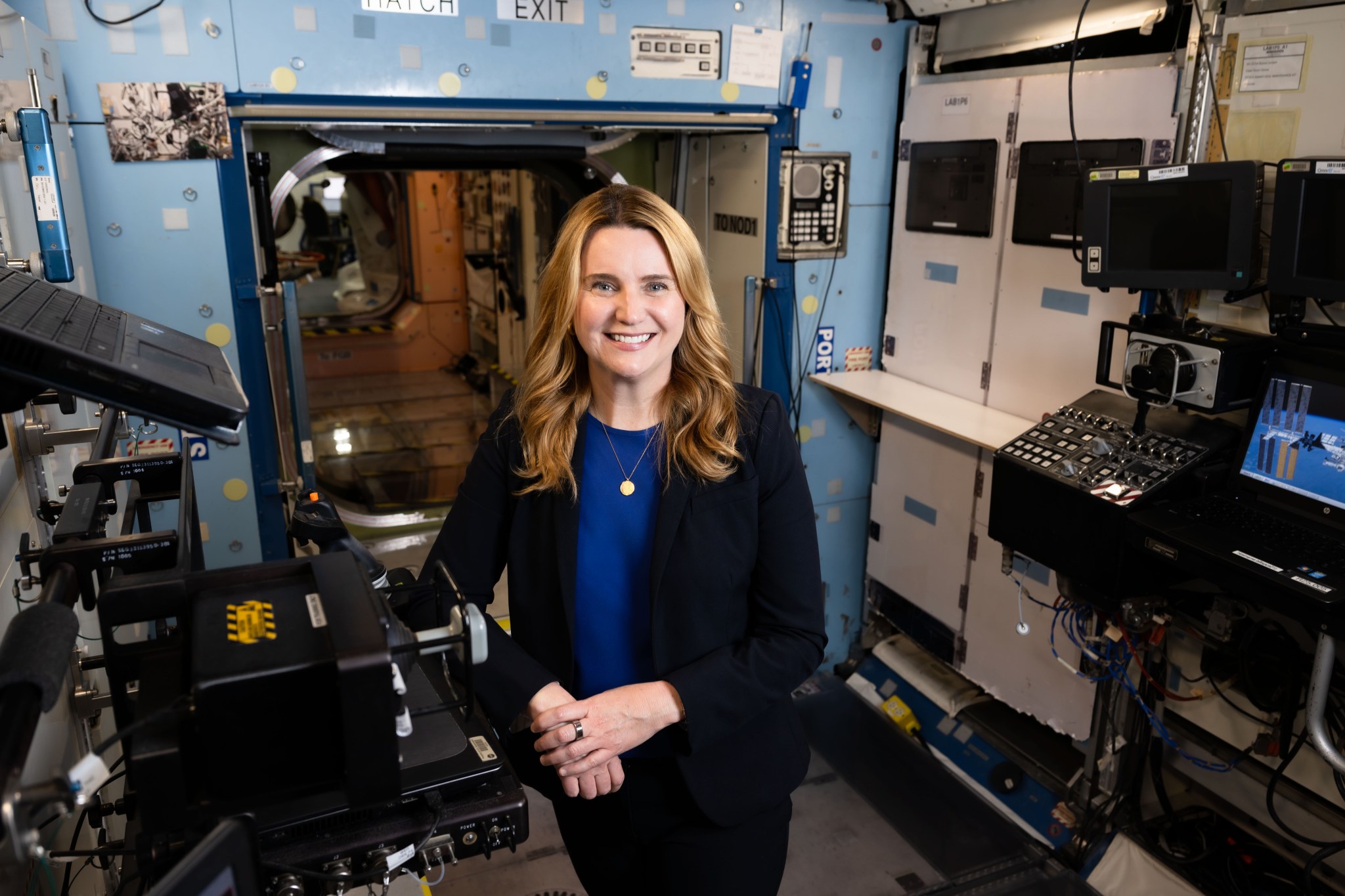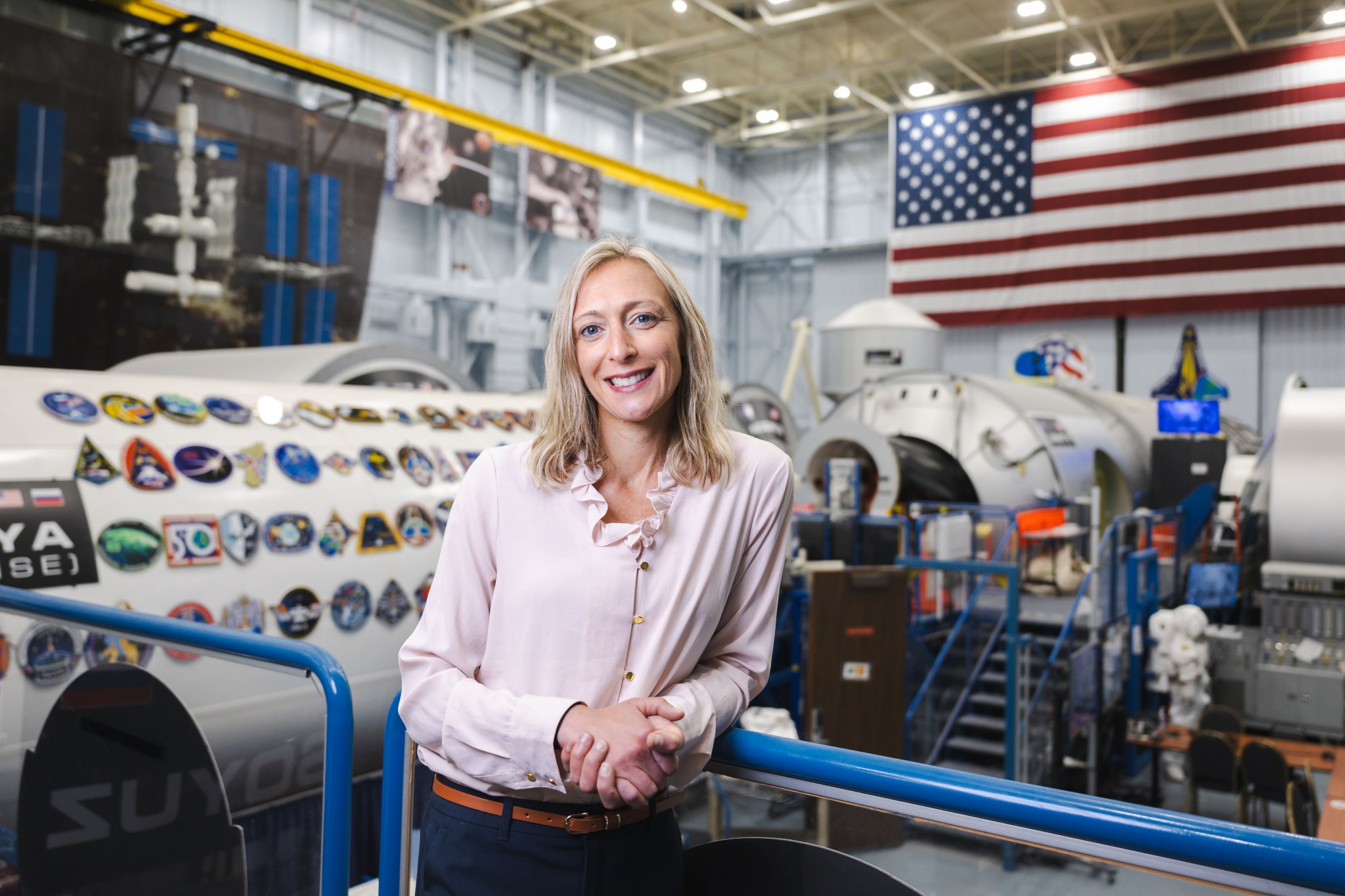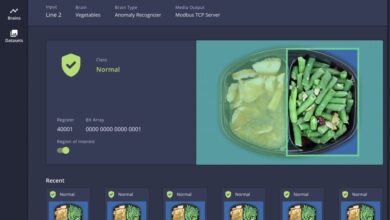Meet the Two Women Leading Space Station Science

The International Space Station provides researchers access to the unique features of low Earth orbit: long-duration microgravity, exposure to space, and a one-of-a-kind perspective of our planet. These special attributes enable scientists to conduct innovative experiments that can’t be done anywhere else.
Employees in the International Space Station Research Integration Office at NASA’s Johnson Space Center help enable and execute the research opportunities only available on board the space station with a wide variety of researchers. They also look out for and coordinate new partnerships with international partners, academic organizations, commercial companies, and more.
Two women are currently spearheading these efforts: International Space Station Program Chief Scientist Jennifer Buchli and International Space Station Program Deputy Chief Scientist Meghan Everett. Together, they lead the full suite of research and science happening on board the orbital outpost.

Jennifer Buchli leans against equipment while inside one of the International Space Station modules inside the Space Vehicle Mockup Facility at NASA’s Johnson Space Center.
NASA / Josh Valcarcel
How would you describe your job to family or friends?
Jennifer Buchli: I provide the science strategy and make science recommendations for the International Space Station program. I ensure we are maximizing the space station to its full capability, for both NASA research and as a U.S. National Laboratory.
Meghan Everett: I help make sure all of the science on the International Space Station goes smoothly, from preparing for launch to conducting research on the space station with the scientists and astronauts and returning the science to Earth.
What do you love sharing about the International Space Station? What’s important to help people understand the benefits to life on Earth?
Jennifer Buchli: I like sharing the diversity of science we do on station, from human health and disease research to fundamental physics and climate science. I think people are aware NASA is doing exploration research, but they may not know about the medical advancements, pharmaceutical developments on station, colloid research that helps shelf stability of products on Earth, or how our Earth science instruments can show how our planet is changing and inform policy decisions.
Meghan Everett: Since my area of expertise is science, I always love sharing the benefits of the International Space Station to science on Earth. The space station is a huge laboratory with diverse capabilities, just like the gold standard state of the art laboratories on Earth. The station can be considered a unique environment that allows for unique discoveries and novel ways of looking at scientific exploration that lead to discoveries we could otherwise explore in the presence of gravity.
What do you wish you had known as a young woman contemplating a career in STEAM?
Jennifer Buchli: I wish I had realized how interdisciplinary science is. I thought I needed to choose a field. You can study areas such as astrobiology [and] geomicrobiology, and now there are programs dedicated entirely to space science.
Meghan Everett: I [hardly knew about] any opportunities in STEM growing up. It really was not until college that I started learning more and looking at options. Being exposed to the NASA environment and moving to Houston opened up a whole new world of opportunity for me, but it was also very overwhelming. Looking back, I wish I had more exposure to opportunities before college.
Do you have any advice for women beginning their careers in the STEAM fields?
Jennifer Buchli: Find a group of peers and discuss challenges and ideas with them. You will learn new perspectives and solve problems faster.
Meghan Everett: Be open-minded and absorb as much as you can. Reach out and ask questions, and immerse yourself in the experience and people as much as possible.
What inspirational message or advice would you give to young girls interested in a career in STEAM?
Jennifer Buchli: Find a field you are passionate about and do not let anyone steer you away from it.
Meghan Everett: Believe in your dreams and do hard things, and don’t be afraid to get it wrong and fail. Things we do now were once thought impossible – go try to do the impossible things!

Meghan Everett leans against a safety railing overlooking the International Space Station modules inside the Space Vehicle Mockup Facility at NASA’s Johnson Space Center.
NASA / Josh Valcarcel
Today, Jennifer and Meghan are leading the continuation of the story of the International Space Station – which has hosted over 3,000 experiments from more than 5,000 researchers representing over 100 countries so far, with more than 4,000 scientific journal publications based on space station science – and all the invaluable science the orbiting laboratory has to offer. Their leadership, and the science they are shepherding, will better prepare us for future exploration missions and benefit humanity back on Earth.




